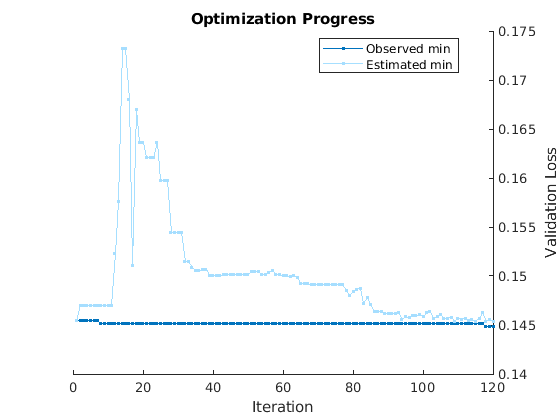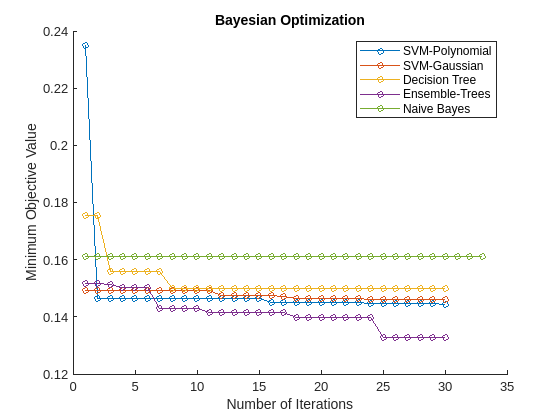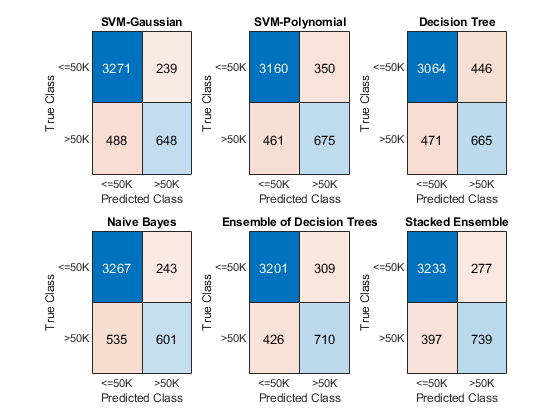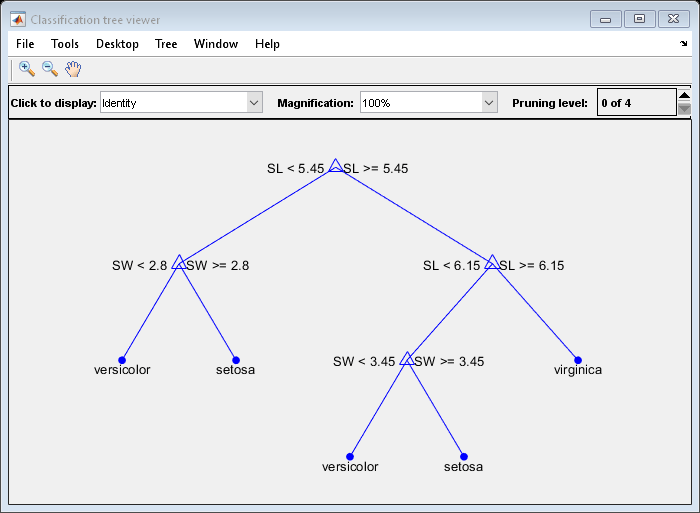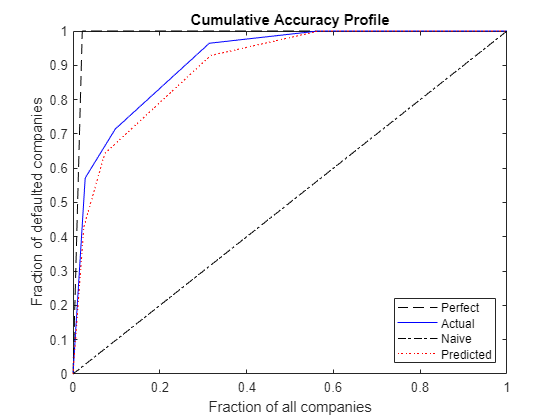Classification
Supervised and semi-supervised learning algorithms for binary and multiclass problems
Classification is a type of supervised machine learning in which an algorithm “learns” to classify new observations from examples of labeled data. To explore classification models interactively, use the Classification Learner app. For greater flexibility, you can pass predictor or feature data with corresponding responses or labels to an algorithm-fitting function in the command-line interface.
To train regression models, such as logistic regression, regression trees, Gaussian process regression, and support vector regression, see Regression.
Categories
- Classification Learner App
Interactively train, validate, and tune classification models
- Classification Trees
Binary decision trees for multiclass learning
- Discriminant Analysis
Regularized linear and quadratic discriminant analysis
- Naive Bayes
Naive Bayes model with Gaussian, multinomial, or kernel predictors
- Nearest Neighbors
k-nearest neighbor classification
- Support Vector Machine Classification
Support vector machines for binary or multiclass classification
- Classification Ensembles
Boosting, random forest, bagging, random subspace, and ECOC ensembles for multiclass learning
- Generalized Additive Model
Interpretable model composed of univariate and bivariate shape functions for binary classification
- Neural Networks
Neural networks for binary and multiclass classification
- Incremental Learning
Fit classification model to streaming data and track its performance
- Semi-Supervised Learning for Classification
Graph-based and self-training methods for semi-supervised learning
- Fairness in Binary Classification
Explore fairness in binary classification
- Interpretability
Train interpretable classification models and interpret complex classification models
- Model Building and Assessment
Feature selection, feature engineering, model selection, hyperparameter optimization, cross-validation, predictive performance evaluation, and classification accuracy comparison tests
